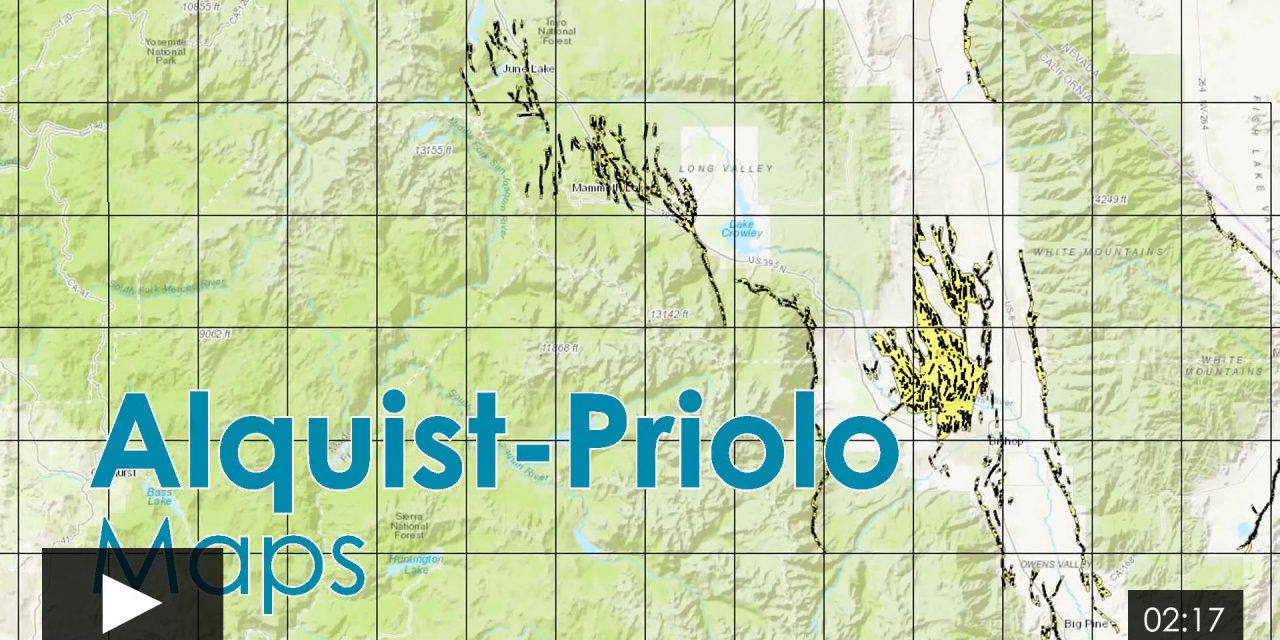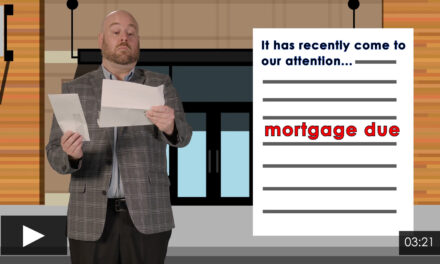For the prior video feature in this series covering the proper marketing of properties in areas of the state subject to significant fire hazards, click here.
Shake, rattle and roll – listing properties susceptible to seismic hazards
To assist seller’s agents in identifying whether the listed property is located in an earthquake fault area, maps have been prepared by the State Geologist.
The State Mining and Geology Board and the city or county planning department have maps available which identify special studies zones, called Alquist-Priolo Maps. [Calif. Public Resources Code §2622]
The maps are used to identify whether the listed property is located within one-eighth of a mile on either side of a fault.
Also, the NHD Statement requires both the seller and the seller’s agent to disclose to a prospective buyer or the buyer’s agent whether they have knowledge the property is in a fault zone. [See RPI Form 314 §5]
A Seismic Hazard Zone map identifies areas which are exposed to earthquake hazards, such as:
- strong ground shaking;
- ground failure, such as liquefaction or landslides [Pub Res C §2692(a)];
- tsunamis [Pub Res C §2692.1];
- dam failures. [Pub Res C §2692(c)]
If the property for sale is susceptible to any of the earthquake (seismic) hazards, the seismic hazard zone disclosure on the NHD Statement is to be marked “Yes.” [See RPI Form 314 §6]
Seismic hazard maps are not available for all areas of California. Also, seismic hazard maps do not show Alquist-Priolo Earthquake Fault Zones. The California Department of Conservation creates the seismic hazards maps.
If the NHD indicates a seismic hazard, the buyer’s agent is to then determine which type of hazard, the level of that hazard and explain the distinction to the buyer, or be certain someone else does. The seller’s agent has no such affirmative obligation to explain the impact of the disclosures to the buyer.
For example, property located in Seismic Zone 4 is more susceptible to strong ground shaking than areas in Zone 3. But which zone the property is located in is a question the buyer’s agent needs to answer. Most of California is in Zone 4, except for the southwest areas of San Diego County, eastern Riverside and San Bernardino Counties, and most of the Northern California Sierra Counties.
Homes in Zone 4 are able to be damaged even from earthquakes which occur a great distance away.
Insurance against disaster
Normal homeowners insurance does not cover earthquake damage. However, earthquake insurance exists to provide coverage to homeowners in the event of a tremor. But does it pay off?
For most, earthquake insurance is rarely worth it.
Following the Northridge Earthquake of 1994, when insurance companies had to pay out unexpectedly enormous sums to cover their clients, premiums and deductibles rose and paybacks decreased. Now, a homeowner has to really get “lucky” (read: your home has to be totally destroyed) for the amount of premiums paid to pay off. Even then, homeowner deductibles are higher than most saving’s accounts. Therefore, it may end up being a total loss anyway.
A better investment is to take the money you may spend on earthquake insurance premiums and use it to pay for retrofitting, if the home is not built to withstand a large quake.
This includes:
- bolting the home to its foundation (this costs a few thousand dollars depending on the state of the home’s foundation);
- bracing or reinforcing walls for older homes or those that were built improperly (another few thousand dollars); and
- homeowner fixes like strapping heavy appliances, furniture and televisions to walls (hundreds of dollars at most but usually less).
Homeowners are encouraged to hire an experienced retrofitting company to inspect the property and provide estimates for the work to be completed. Easy fixes like bolting furniture and moving heavy objects from top shelves to bottom shelves ought to be done as soon as practical, and by homeowners in both outdated and brand new homes.
Even with the extra cost to retrofit or insure homes against earthquake damage, California’s home values are hardly suffering from earthquake fears. Some of the most expensive real estate around is located practically on top of California’s most active fault lines — in San Francisco and Los Angeles.
That being said, if a homeowner chooses to retrofit their home, when they eventually sell they need to include that information in their home’s marketing package. Buyers will appreciate the fact that they won’t have to worry about making these improvements and it may even make them aware of other properties that haven’t been retrofitted, making the retrofitted home stand out.














